On my 1999 Ford Escort, the brake lights double as turn signal blinkers. A left brake light burned out recently and my blinkers went much faster than normal when signaling a left turn. This is a convenient (and embarrassing) way to be alerted to a problem with my brake lights. Is this something that the designers had to add extra components to make happen or is this a natural failure mode of a simple circuit?
More specifically, what makes the blinker cycle go faster when one of the lights has burned out?
I have no background in electronics. I tried to research this and guess that the brake lights have a low resistance shunt wire that decreases resistance when the bulb burns out (as opposed to leaving an open circuit like a normal light bulb). This decreased resistance would increase current, causing a bimetallic strip in a thermal flasher unit to heat up faster, making the blinker go faster. However, I don't see a shunt wire in the light bulb and this doesn't explain why the bimetallic strip cools off faster when a bulb has burned out. So the only thing my research shows is that I don't understand electronics.
